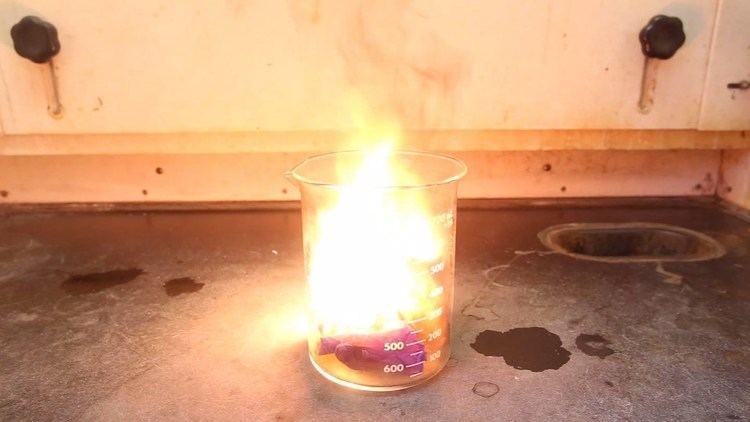Formula HNO3 + NO2 Appearance Liquid, Red fumes | Boiling point 120.5 °C | |
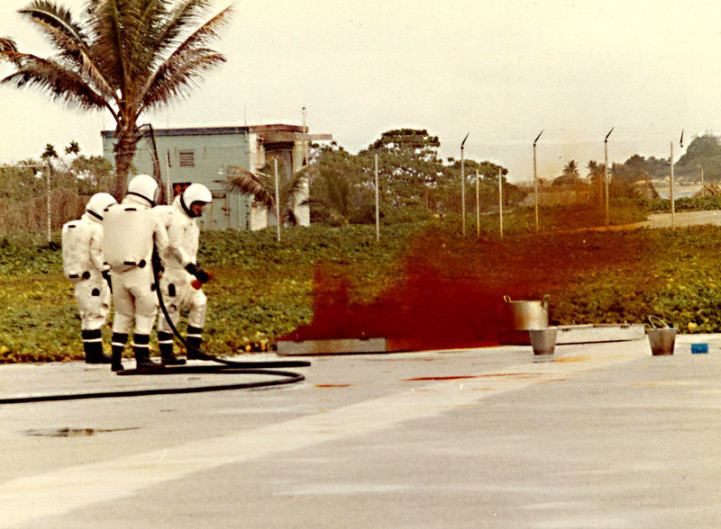 | ||
Red fuming nitric acid and its action upon miscellaneous substances including marshmallow peeps
Red fuming nitric acid (RFNA) is a storable oxidizer used as a rocket propellant. It consists of 84% nitric acid (HNO3), 13% dinitrogen tetroxide and 1–2% water. The color of red fuming nitric acid is due to the dinitrogen tetroxide, which breaks down partially to form nitrogen dioxide. The nitrogen dioxide dissolves until the liquid is saturated, and evaporates off into fumes with a suffocating odor. RFNA increases the flammability of combustible materials and is highly exothermic when reacting with water.
Contents
- Red fuming nitric acid and its action upon miscellaneous substances including marshmallow peeps
- Distilling red fuming nitric acid
- Compositions
- Experiments
- References
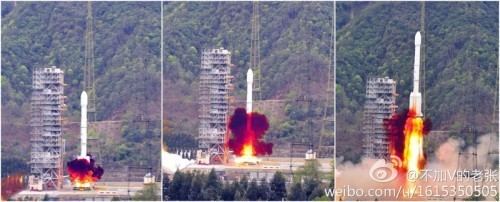
It is usually used with an inhibitor (with various, sometimes secret, substances, including hydrogen fluoride; any such combination is called "inhibited RFNA" IRFNA) because nitric acid attacks most container materials.

It can also be a component of a monopropellant; with substances like amine nitrates dissolved in it, it can be used as the sole fuel in a rocket. It is not normally used this way however.
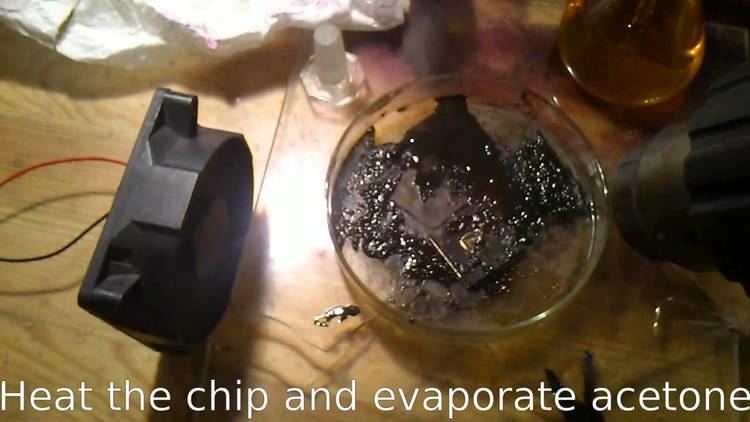
During World War II, the German military used RFNA in some rockets. The mixtures used were called S-Stoff (96% nitric acid with 4% ferric chloride as an ignition catalyst) and SV-Stoff (94% nitric acid with 6% dinitrogen tetroxide) and nicknamed Salbei (sage).
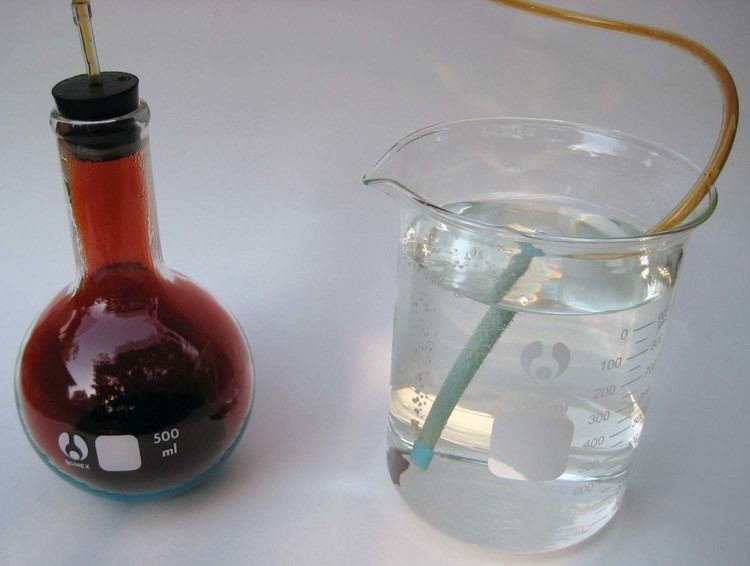
Inhibited RFNA was the oxidizer of the world's most-launched light orbital rocket, the Kosmos-3M.
Other uses for RFNA include fertilizers, dye intermediates, explosives, and pharmaceutic aid as acidifier. It can also be used as a laboratory reagent in photoengraving and metal etching.
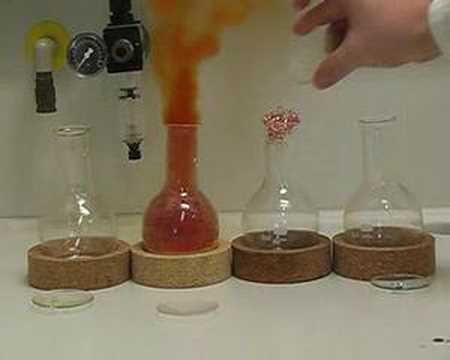
Distilling red fuming nitric acid
Compositions
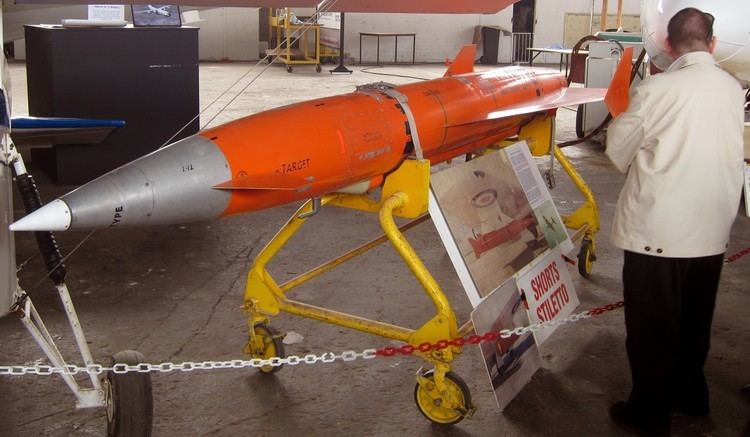
Experiments
